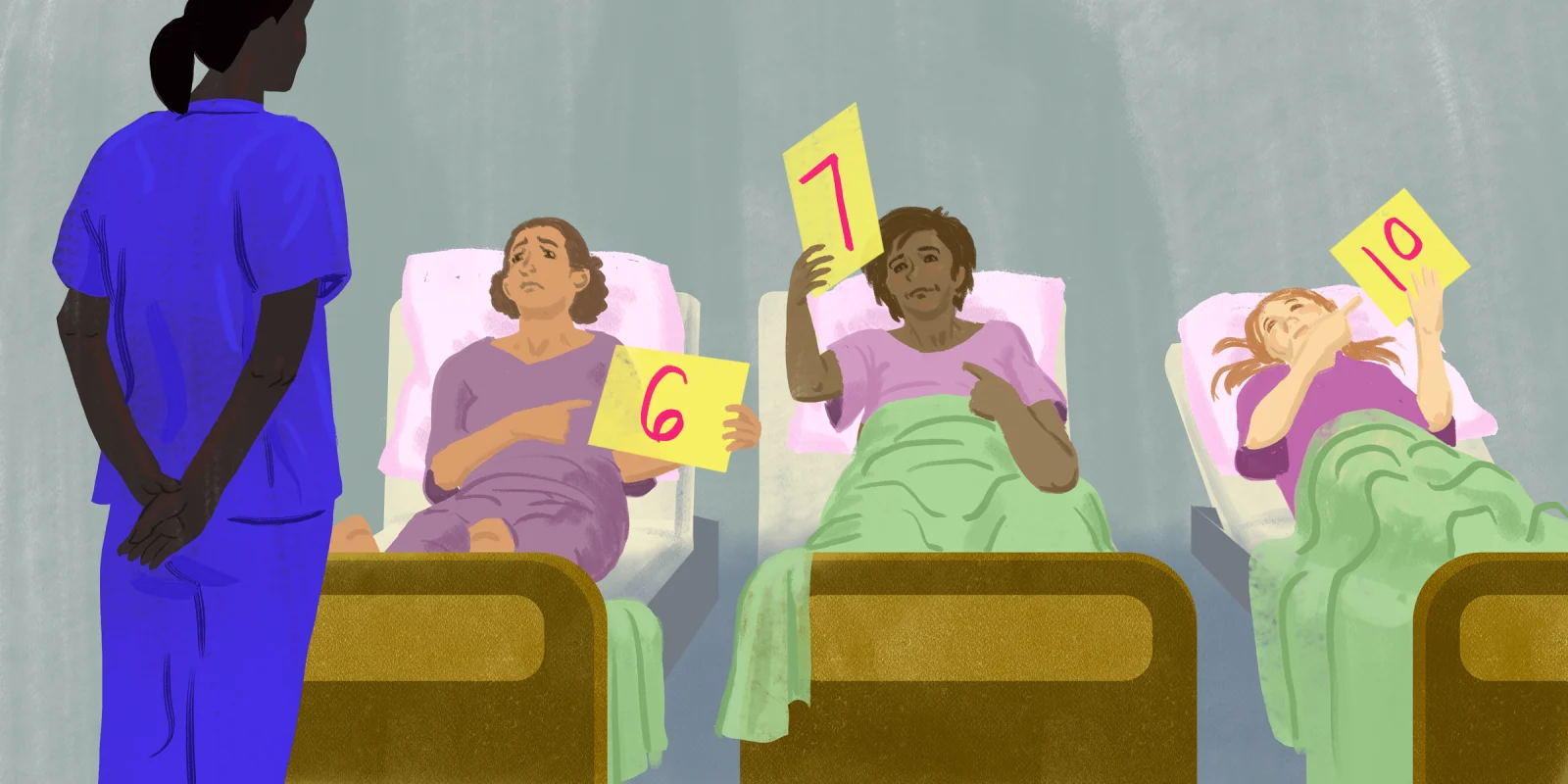On a recent shift during my EM clerkship, I cared for a patient with complex social needs that made discharge planning the most complicated part of her care. As I walked her out to her cab in the rain, she thanked me profusely in her native language. I went back inside and found my attending to get my end-of-shift performance feedback.
“For that one patient, your history was missing a lot of details. Other than that, you did well,” she told me.
She wasn’t wrong. In taking the woman’s history, I had missed several important questions and had to get the interpreter back on the phone a couple of times. I couldn’t shake the irony, though, that the one piece of critical feedback I received was related to a patient I had spent so much time with behind-the-scenes, who was so visibly appreciative of my efforts in not only treating her medical needs but also in helping to get her home.
The next day, I shared this story with my sister, who works outside of medicine. Her response: “Well, the patients grade you, right?”
“They don’t,” I responded, but it got me thinking – what would it mean if medical students’ grades were influenced by formal patient feedback? If good patient care is the ultimate goal of the medical community, shouldn’t we take their opinions into account in assessing medical competency?
As you can probably glean from how this set of events stuck with me, clinical grades are important to me, as they are for many medical students. A survey of 666 U.S. medical students found that only 44% believed that assessments of their abilities were fair. Unfortunately for both students and patients, they also perceived “rapport with patients and families” as one of the least important factors in determining their grades. This perception is likely accurate at many medical schools, as a recent study of 110 internal medicine clerkship directors found that only a handful reported incorporating “patient evaluations” into student grades, while almost all included the NBME Medical Subject Exam and “clinical performance.”
Other methods are used to try to assess the patient experience, albeit indirectly. Objective Structured Clinical Examinations (OSCE) are frequently used to assess both clinical competency and compassionate patient care from the perspective of actors playing standardized patients. However, the highly structured environment of these simulations often does not reflect the true patient-clinician experience, as students work to check off various boxes within the allotted time frame of the examination. In my experience, attendings may also ask patients or non-physician staff how well the students interacted with them, but these are sporadic and informal conversations that hardly constitute true evaluations.
Of course, there are several issues with the idea that formal patient evaluations should be incorporated into medical school grading. Patients, particularly those in the ER, are there to receive medical attention, not to work in medical education. Adding this burden to the patient experience is antithetical to our goal of providing efficient but thorough patient care. In addition, patients can’t be expected to have an in-depth knowledge of medical training and thus might not understand why, for example, a physical exam performed by a medical student would take significantly longer than one performed by an attending.
Moreover, it could be problematic to set the expectation that students will be graded by how much time and attention they pay to their patients. Personally, I don’t want to get into the mindset that I should go above and beyond for the social needs of my patients just to get a good grade. When completing an OSCE, I have a checklist in my head for establishing rapport with the standardized patient, but I’d rather pull from my experience as a human when interacting with actual patients. While I noted the irony of all that occurred in my caring for that patient in the ED, and the critique from the attending was a bit difficult to hear, I was happy to spend the extra time with this patient and didn’t expect it to be part of my evaluation. Her smile and appreciation were surely enough to warm my soul. We’re in school to learn medicine, so while good patient care is the ultimate goal, it is perhaps a slippery slope to begin grading someone on their kindness.
So, how would I design the grading scheme for a clinical clerkship? I think a balance can be struck between the pros and cons of incorporating formal patient feedback. At the very least, attendings and residents can make a more concerted effort to ask patients about the care they received from medical students, succinctly explaining the need for feedback in medical training. I also believe there’s a role for formal patient evaluations, though it may take several iterations to get to an efficient but fair method. The effort would be worth it, though, since I hope evaluations will reflect the fact that, as a future physician, I want to make both my colleagues and patients proud.
How would you write up a grading sheet for patients to use on medical students? Share your ideas in the comments.
Sarah MacLean grew up in the suburbs of New York City before attending The University of North Carolina at Chapel Hill. She is currently a fourth-year medical student at the Icahn School of Medicine at Mount Sinai and applying into pediatrics. She is particularly interested in a career that integrates primary care medicine with research and advocacy. She is a 2020–2021 Doximity Op-Med Fellow.
Illustration by Jennifer Bogartz







